Discovering a higher purpose: The origin story of House of Bamboo
Written by
04 April 2023
•
6 min read
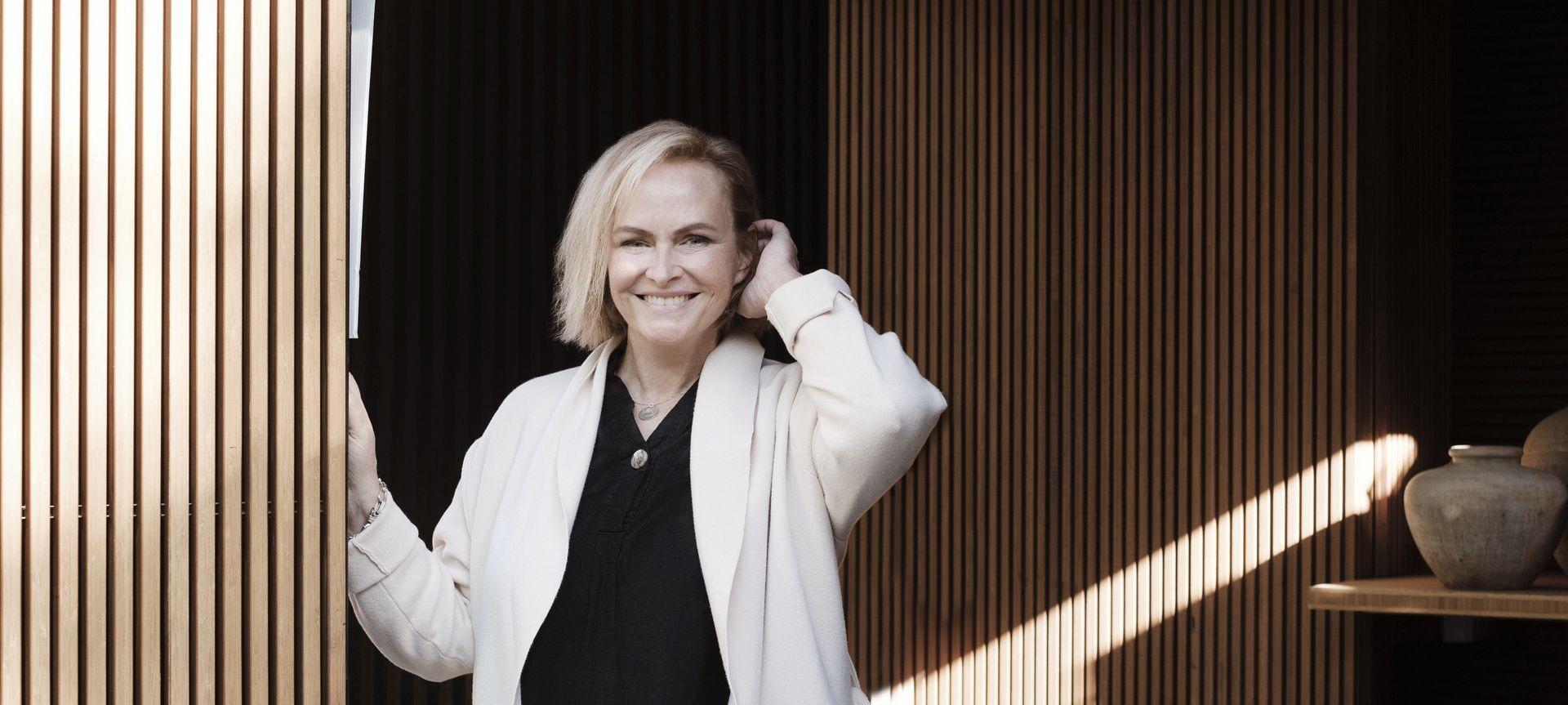
Despite spending many of her childhood weekends attending trade shows with her mother, and helping her father, Mark Snyders, with his hobby business House of Bamboo, Jennifer Snyders never saw a future for herself working in the family business. Yet today, Jennifer is the CEO of House of Bamboo, and an outspoken activist for environmental change.
History
House of Bamboo was founded in 1972 and became the go-to brand for bamboo design materials suitable for quick and attractive DIY fitouts. Mark imported natural materials from South East Asia, bamboo being a key investment, as he believed these materials to be particularly well-suited to the Australian climate. While Jennifer had jumped in to help her father with the business on various occasions in her early life, it was a career in architecture that she originally pursued as a young woman. “I was good at math and loved art, and my father said I should combine the two as an architect,” explains Jennifer.
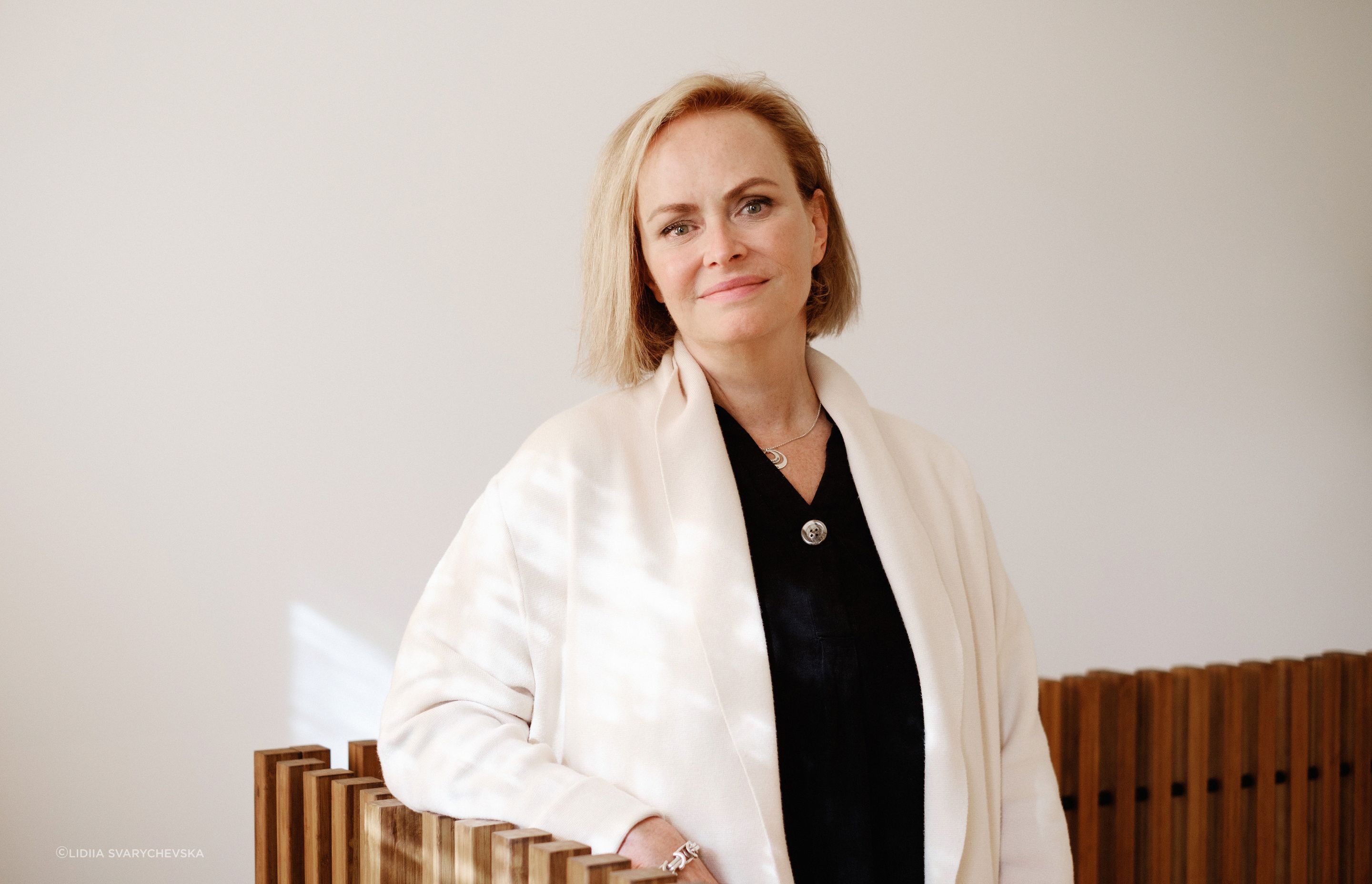
Unexpected events
However, when Mark fell ill in 2011, he asked Jennifer to oversee House of Bamboo in his stead. Despite being pregnant with twin girls at the time, Jennifer felt it was her duty to ensure the future of her father’s business. Jennifer began the process to purchase House of Bamboo and took up the mantle of CEO in 2011. Jennifer knew that in order to succeed in this new chapter of her life, she needed to find a way to make this business and new role her own.
“I knew I had to find my mojo in this space. I was a single mum to twin girls, and I needed to love what I did if I was going to be here in the business,” says Jennifer. “My dad passed away at the beginning of 2016 and it was then that I really felt the freedom to make the changes needed to create contemporary solutions with the new technologies available with bamboo, to culminate the years of knowledge I had now acquired into one, at full speed.”

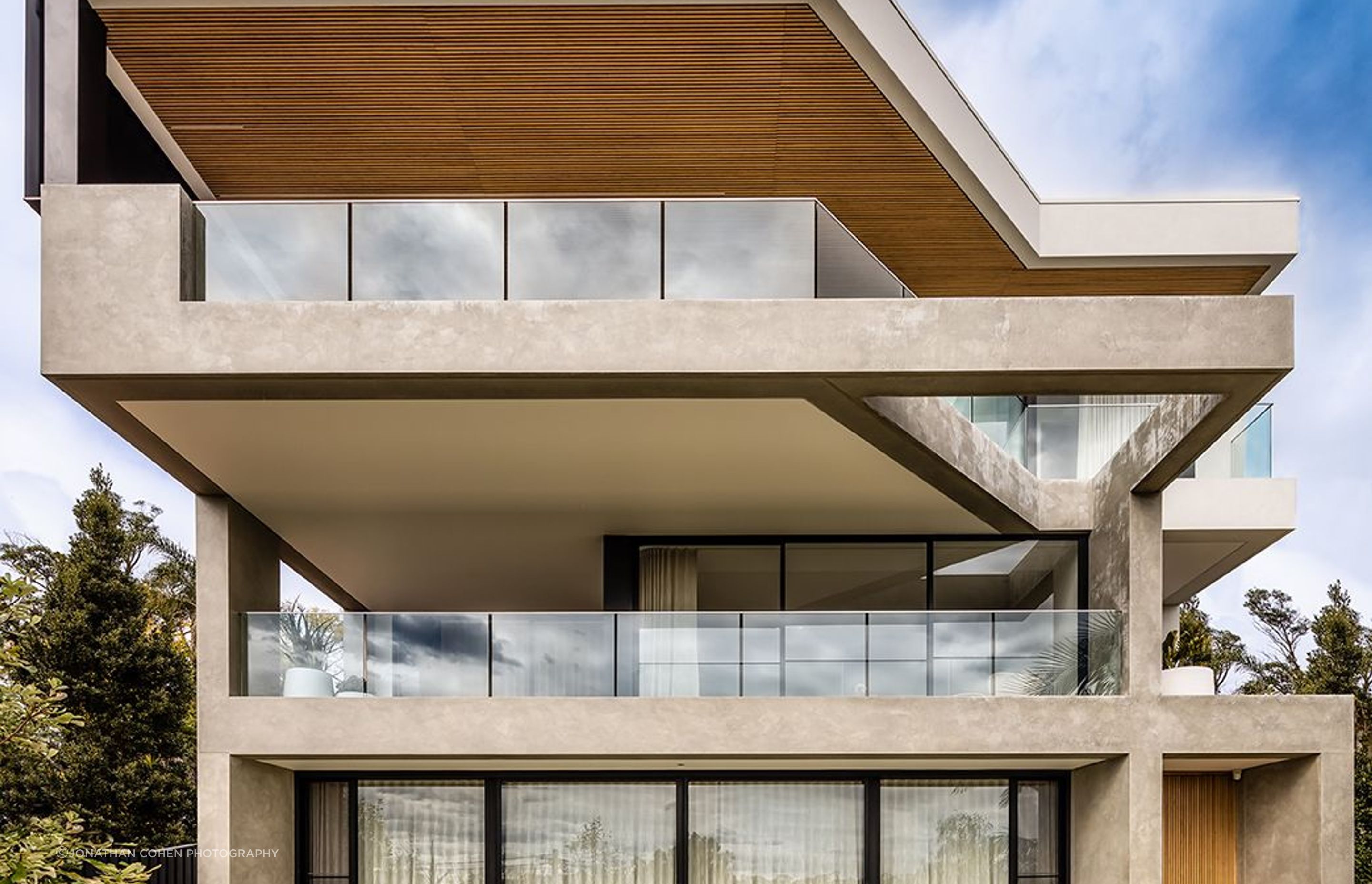
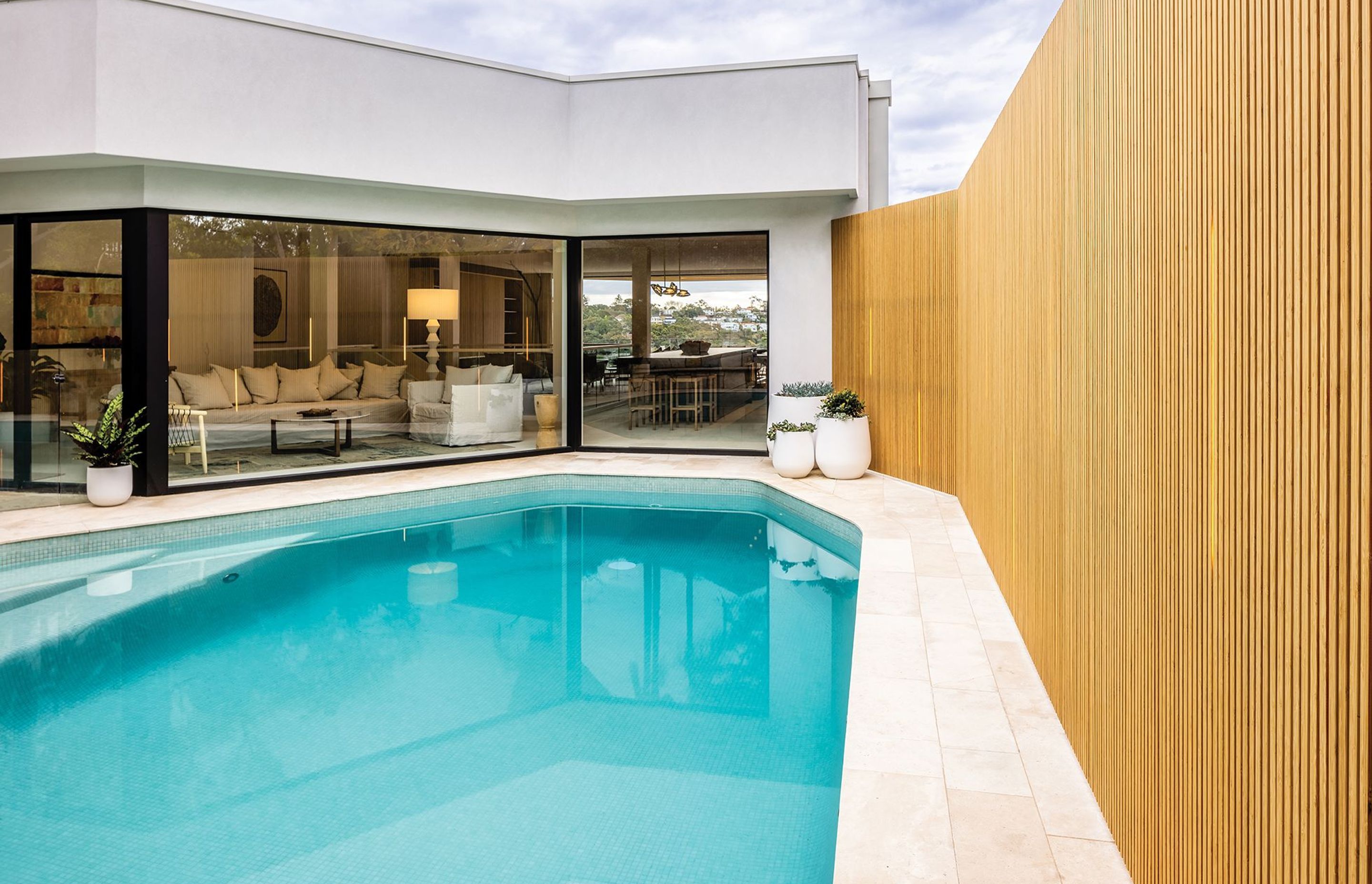
Finding a purpose
It was this desire to find purpose and inspiration as CEO of House of Bamboo that saw Jennifer embark on an educational journey, starting with the ecology of bamboo to the manufacturing and processing of it. During this time, Jennifer self-educated herself in the creative and practical applications of bamboo, the positive impact it can have on its immediate environment, and the environmentally friendly commercial opportunities bamboo presents to the Australian market. “I had to find something to excite me, so I learnt about manufacturing, visited factories overseas, visited plantations and learned how bamboo was grown,” adds Jennifer.
It was during this journey that Jennifer experienced a breakthrough, she says. “I'm driven by knowing bamboo can change the world, that we can do it here in Australia, and the untapped potential that bamboo has,” says Jennifer. “When the lightbulb moment went off, I realised I could make a difference in Australia, and for my children, it was as simple and as pure as that.”

Building a better world
Jennifer cites the rising anxiety experienced by the younger generation in response to climate change as one of her key drivers for success. “We are consumed with continual information on environmental issues, and the more you learn the easier it is to become overwhelmed by the negativity, and caught up in feelings of helplessness,” says Jennifer. “Our younger generation is currently driven by fear, which is an awful place to be, and we need to get them to a place where there are conversations about great innovation and possibilities. We need to improve what we currently do, make it better for the next generation, so they think about what's possible, rather than what isn’t!”
Jennifer says she needed to escape this negativity and helplessness and focus on something good, and make it her dream goal. Naturally, Jennifer has worked tirelessly to develop a range of bamboo interior and exterior design and architecture materials that are not only luxurious and beautiful, but environmentally responsible. Furthermore, Jennifer has participated in industry panels and discussions, and even developed an informational website, The Bamboo Choice, to facilitate further education of bamboo for design professionals and consumers alike. “Our messaging is all about what we can do, and if what we can do is just one good thing, then do it well. That’s what we want to be about,” says Jennifer.
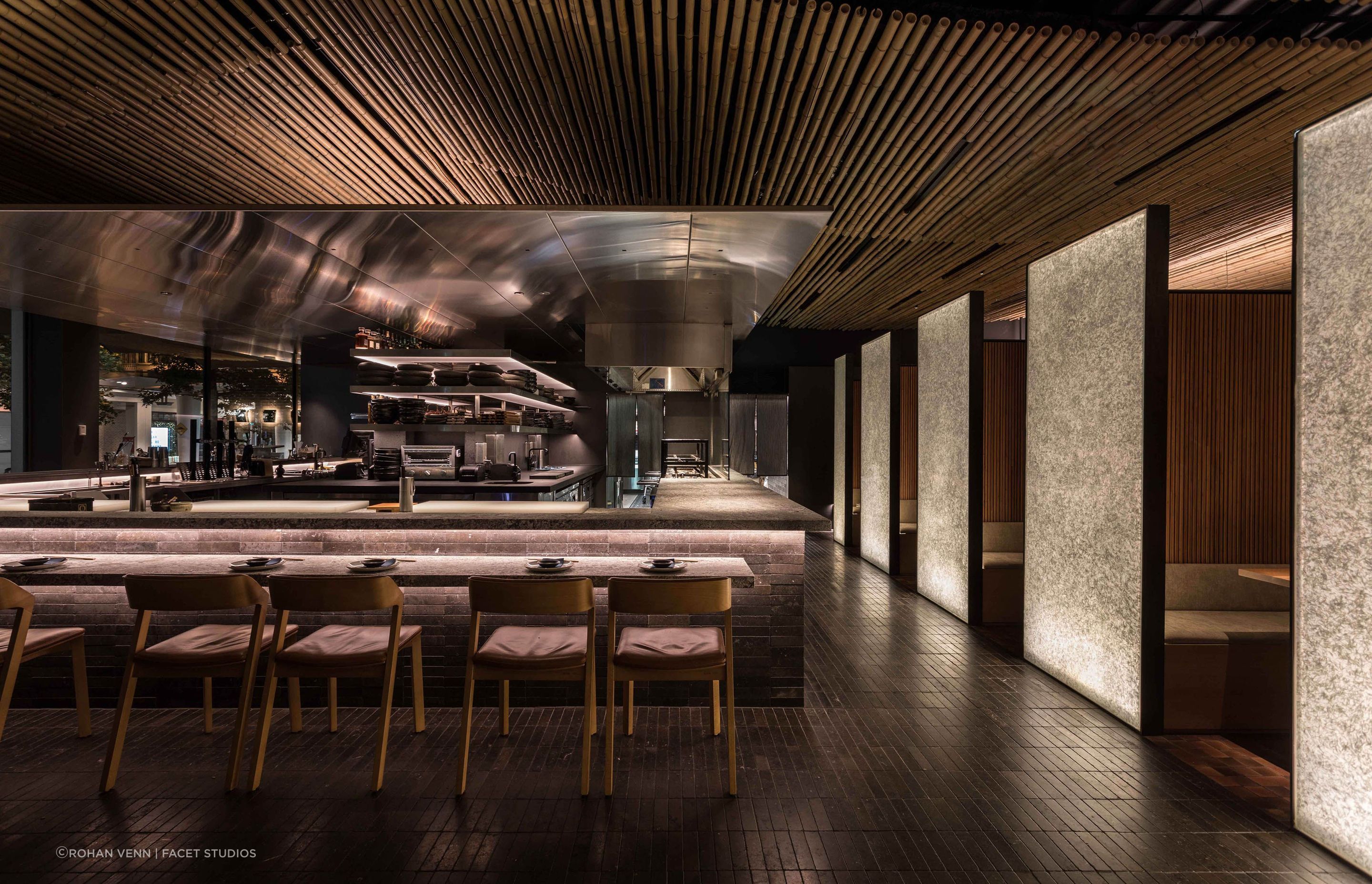
The applications of bamboo
Bamboo is an amazing natural resource. It’s the fastest growing material on the planet and can be harvested in five to seven years. Bamboo is self-regenerating and produces 35% more oxygen, and captures four times more carbon, than trees. Furthermore, this wondrous plant fights soil erosion, restores biodiversity and is naturally repellant to termites. It’s robust, weather-durable and can be transformed into almost anything, from structural scaffolding to building materials.
At House of Bamboo, Jennifer has produced a striking range of screening, decking, flooring, cladding, fencing, shading, blinds, veneer – all made from bamboo and rattan. Sadly, Jennifer reports that Australia is the only continent in the world that doesn’t have an official bamboo industry.
“My goal is to change that,” says Jennifer, who was recently invited to talk at the MECLA event in December 2022, and will represent Australia’s bamboo movement at Germany’s first World Bamboo Expo in June. “Change can be difficult for some people, but the recent bushfires, timber shortage and pandemic forced us to consider alternatives,” says Jennifer. “We need to make a change, bamboo is a real answer to many of these issues, from land restoration, food source, and ablution solutions – to name a few – and a real alternative to timber for building and design. It really is a no-brainer!”
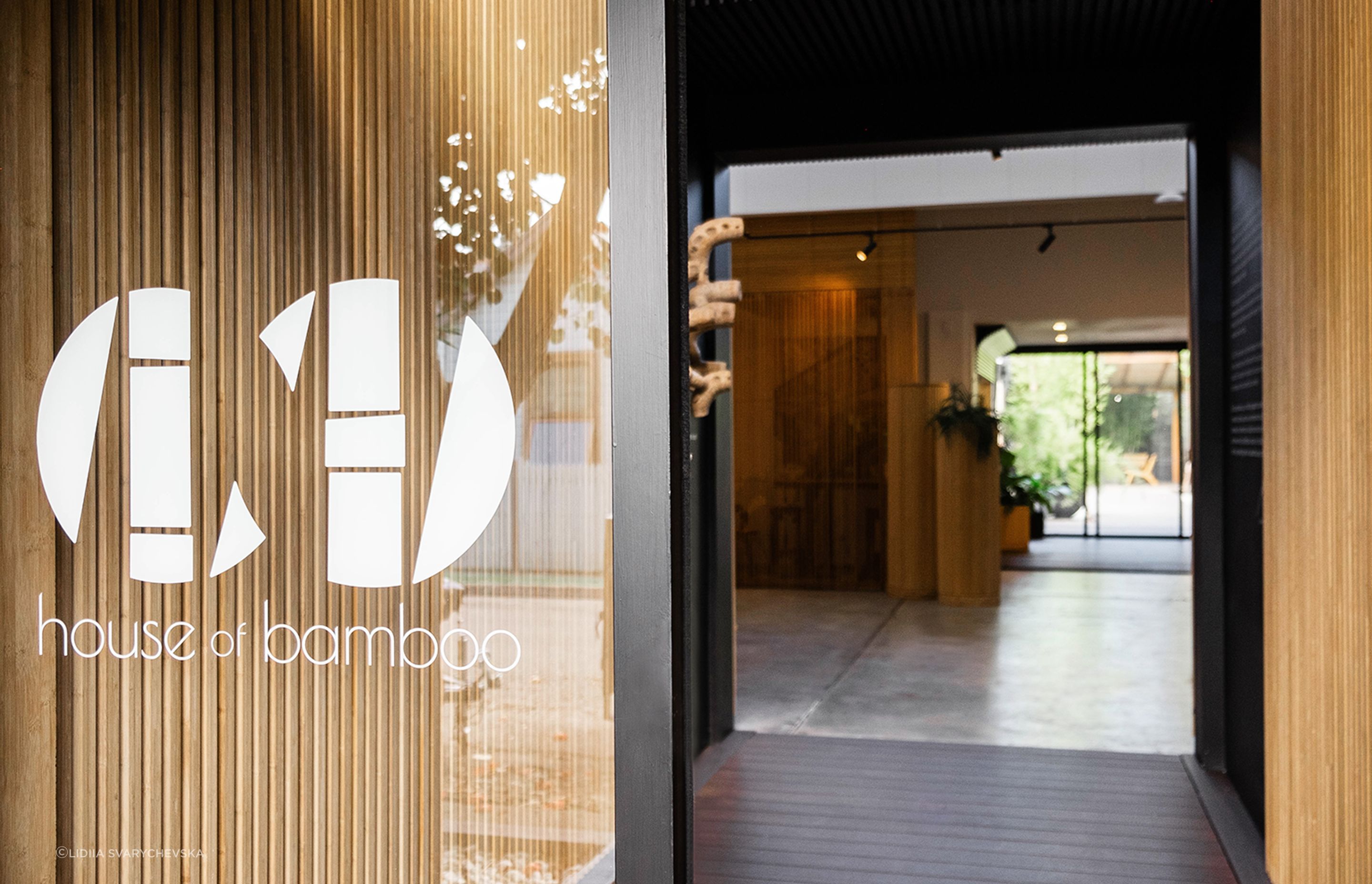
Changing perceptions and education
When people think of bamboo in regards to interior design, many minds automatically conjure up images of tiki bars, says Jennifer. “But, when I educate people on the background of bamboo, the creative applications of it and how we can use it in architecture, it blows their minds,” says Jennifer. “This plant can achieve so much while also contributing to the regeneration of our environment. We just want design professionals and homeowners to give it a go.”
Jennifer's background in architecture informed her approach to managing the House of Bamboo business. She came into the business wanting to provide beautiful materials for building and design, but her role as CEO has since developed into something much more personal.
“Every day I’m inspired, I really believe that with bamboo, we can change the world,” says Jennifer. “We can fix this land, provide new materials and allow our kids to grow up dreaming, not fearing, the future.”
Learn more about House of Bamboo on ArchiPro.